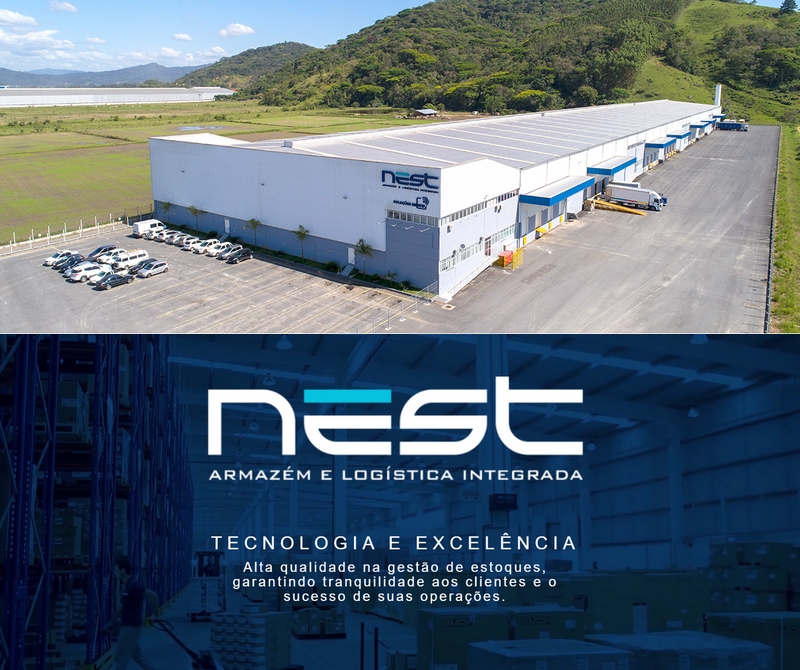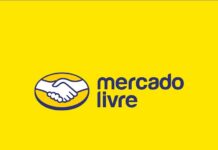Edson Perin
Nest Armazém e Logística claims that the processes have gained speed with the implementation of radio frequency identification (RFID) technology, carried out by iTAG Etiquetas Inteligentes. Osni Tavares, Nest’s director of operations, says that for customers using RFID, there is an evident increase in agility and reliability. “At Nest, 5% of customers use the technology effectively, but we understand that in the medium and long term the number of potential customers who will be looking for structured operators to read smart tags increases. And we are able ”.
The readers are installed in receiving docks at Nest’s warehouse and dispatch; there are also mobile data collectors for RFID reading. “There are two readers and two data collectors, Impinj brand readers and Zebra brand collectors,” he says. Currently, tags are already installed on products. “Nest has around 5,000 excess labels that are not reused, to be used on items that need to be re-labeled. The tags are supplied by Itag Tecnologia, manufactured by CCRR, the inlay is Impinj’s Monza R6 ”.
Tavares gave an exclusive interview to the IoP Journal about the RFID project in his company. Watch the video (in Portuguese):
The new system offers Nest item traceability including after sales, 99% stock accuracy and process agility. “With RFID the conference of 500 units takes about 15 seconds, and the same task done by bar code can take more than a day. Another important point is reliability: with the RFID tag it is possible to read the unit without opening the master box ”.
According to Tavares, the biggest challenge of the project was the integration between RFID and the warehouse management system (WMS – warehouse management system), which required the development of interfaces to integrate the operational steps, without allowing breaks in the process. “RFID was a decision by the board of directors because it understands that it is a technology that should grow, aligned with the need to be prepared to meet potential customers and new demands”.
Nest’s RFID deployment follows GS1’s EPC UHF passive standard. “The benefits of this are the speed of response of the processes, traceability, optimized time in operation, operational safety and agility in information”, explains Tavares.
There is incentive work to encourage other customers to adopt RFID, according to the Nest executive. “We present the benefits to our customers to use the label, in addition we are working to prospect for new customers who operate with the technology. The goal is to triple the volume of operations with RFID at Nest by the end of 2021. We are at the beginning of the project and there is still a lot to learn, develop and do”, says Tavares.

Briefly, RFID works at Nest as follows. First, the importer sends the document with the label data and the Nest system is fed with this information. Then, the goods are received and the conference (reading the labels) via the portal is carried out, and the data is integrated with the WMS. The operator allocates the material in the WMS storage area and, after the material is allocated, it is available to be inventoried via RFID. Upon departure, the entire shipping process is carried out using the WMS system. After the conference the products go through the RFID conference again, double check, attesting the accuracy of the items checked.
The gains already achieved with RFID were agility, reliability and traceability. “Yes, our expectations have been met,” says the executive. Tasks are divided between the product consultation and EPC (Electronic Product Code) modules, inventory, product movement (input and output) and configurations. “ITAG was a great facilitator within our RFID project, its participation with the technical and practical knowledge of technology essential”, says Tavares. “Through research on the technology, we received the indication of Sérgio Gambim, CEO of iTAG, a reference in the market”.
As for the experience of implementing RFID, Tavares says it was positive and rewarding. “As it is a technology that is still little used in Brazil, it is difficult to locate equipment suppliers and specialized knowledge of the market regarding its operation. The partnership with iTAG was and continues to be the differential for implementation and operation”.
Currently, the integration of RFID with Nest systems takes place with the iTAG Alerti 2.0 tool that is responsible for the operation of the portals together with the middleware iTAG Monitor, responsible for the administration of RFID readings in the portals of the Dock. ITAG Alerti 2.0 handles what was read and sends the incoming movement count to the WMS.



















